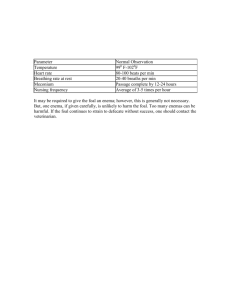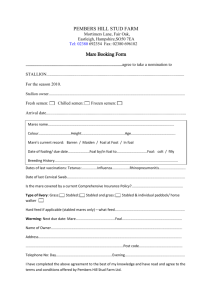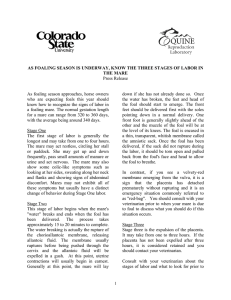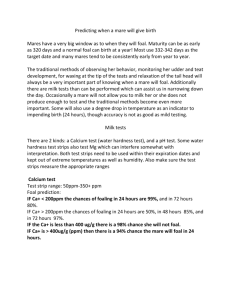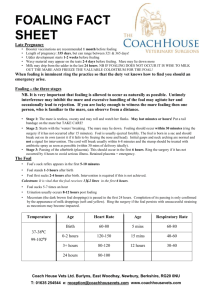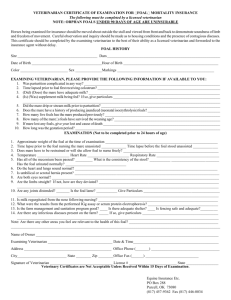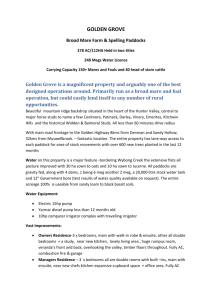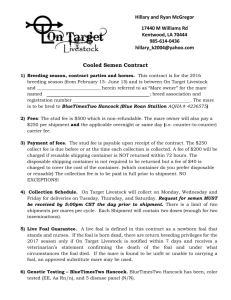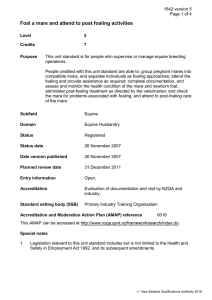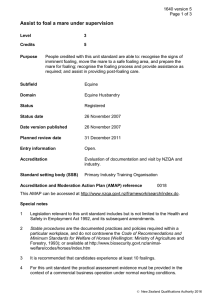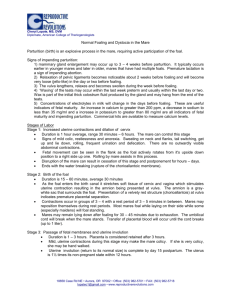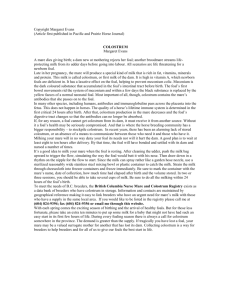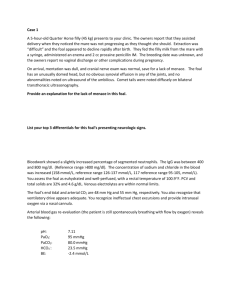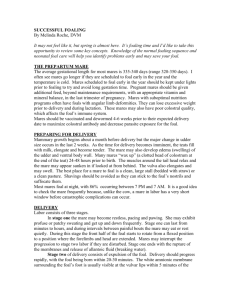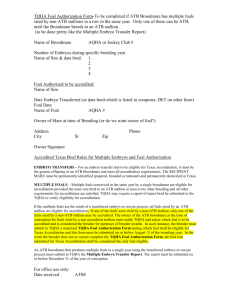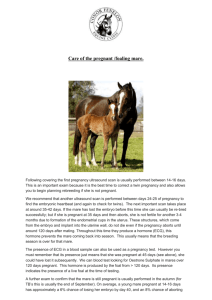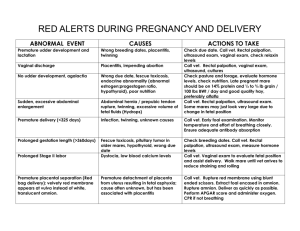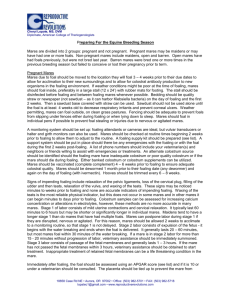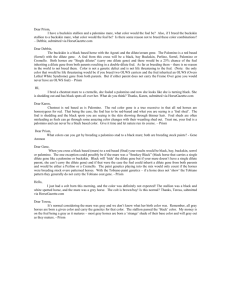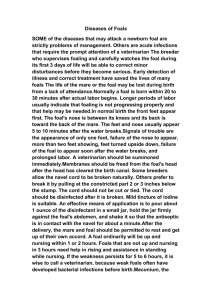We have come to the time of year that our mares will begin foaling
advertisement
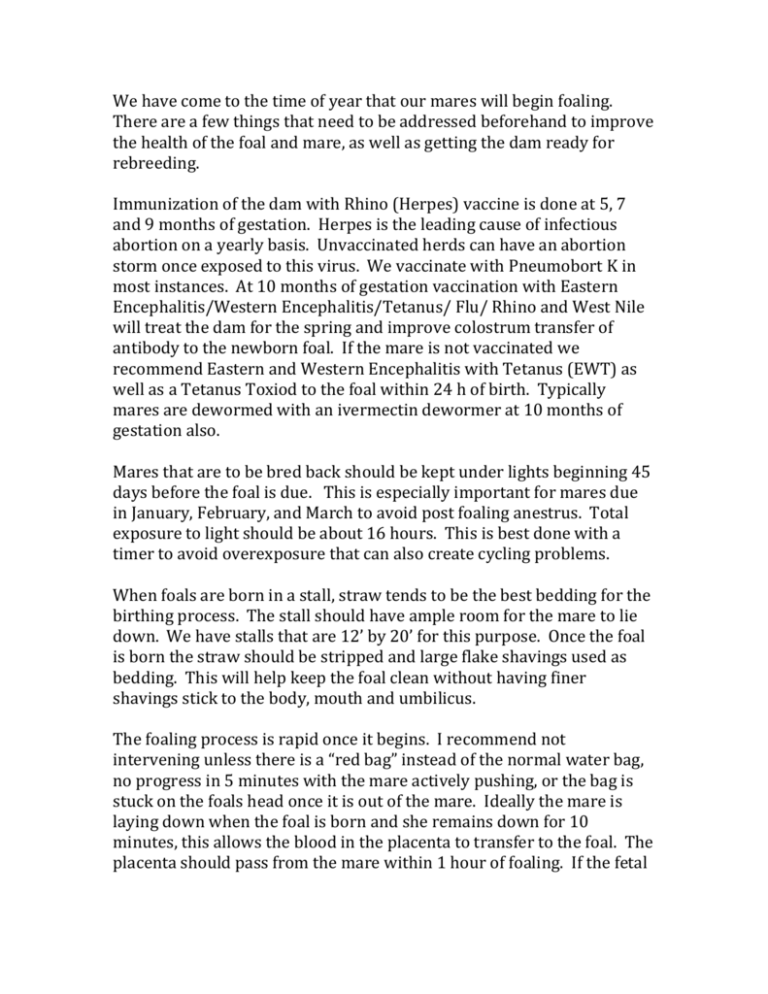
We have come to the time of year that our mares will begin foaling. There are a few things that need to be addressed beforehand to improve the health of the foal and mare, as well as getting the dam ready for rebreeding. Immunization of the dam with Rhino (Herpes) vaccine is done at 5, 7 and 9 months of gestation. Herpes is the leading cause of infectious abortion on a yearly basis. Unvaccinated herds can have an abortion storm once exposed to this virus. We vaccinate with Pneumobort K in most instances. At 10 months of gestation vaccination with Eastern Encephalitis/Western Encephalitis/Tetanus/ Flu/ Rhino and West Nile will treat the dam for the spring and improve colostrum transfer of antibody to the newborn foal. If the mare is not vaccinated we recommend Eastern and Western Encephalitis with Tetanus (EWT) as well as a Tetanus Toxiod to the foal within 24 h of birth. Typically mares are dewormed with an ivermectin dewormer at 10 months of gestation also. Mares that are to be bred back should be kept under lights beginning 45 days before the foal is due. This is especially important for mares due in January, February, and March to avoid post foaling anestrus. Total exposure to light should be about 16 hours. This is best done with a timer to avoid overexposure that can also create cycling problems. When foals are born in a stall, straw tends to be the best bedding for the birthing process. The stall should have ample room for the mare to lie down. We have stalls that are 12’ by 20’ for this purpose. Once the foal is born the straw should be stripped and large flake shavings used as bedding. This will help keep the foal clean without having finer shavings stick to the body, mouth and umbilicus. The foaling process is rapid once it begins. I recommend not intervening unless there is a “red bag” instead of the normal water bag, no progress in 5 minutes with the mare actively pushing, or the bag is stuck on the foals head once it is out of the mare. Ideally the mare is laying down when the foal is born and she remains down for 10 minutes, this allows the blood in the placenta to transfer to the foal. The placenta should pass from the mare within 1 hour of foaling. If the fetal membranes have not passed contact your veterinarian as this is an emergency. Foals in our practice are treated with the following. 1) Navel dip 3-4 times a day for the first 3 days. Fresh dip is used in a 6 ml syringe case each time. If the parent solution is contaminated it should be discarded. By using contaminated dip we are introducing bacteria directly into the foals blood by the umbilicus. 2) ADE injection into the muscle to improve early immune function and address potential deficiencies. 3) E. coli and clostridial antitoxin orally. 4) Penicillin G 1-1.5 ml IM daily for 3 treatments. 5) Enema to be given last so that the skin is not contaminated before the IM injection. 6) Blood tests at 12-24 h to determine the immune status and colostrum transfer in the foal. From these results it can be determined if the foal needs plasma or more antibiotics. Mares are not usually treated immediately post foaling unless there are retained fetal membranes or she is in obvious distress. On day 3 she will be palpated to diagnose foaling trauma and infused with a solution to improve the health of her uterus. At this time she will have her teeth floated if necessary and be vaccinated for rabies if she is due. We tend to leave foals confined for the first 7-14 days. This allows for careful evaluation of the foal and habituation to being handled by humans. If there are conformational defects in the limbs, the stall rest is usually all that is necessary. If the limbs are not better, glue on shoes and surgical procedures can be explored to give the best long-term outcomes.
